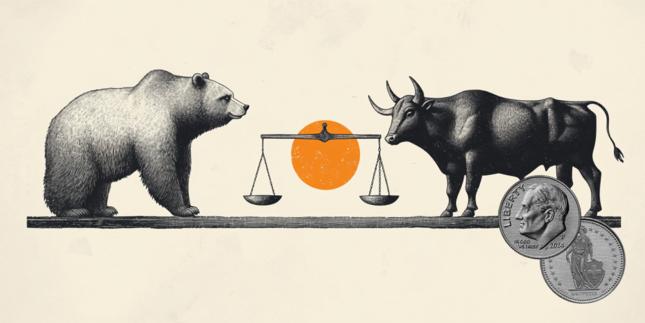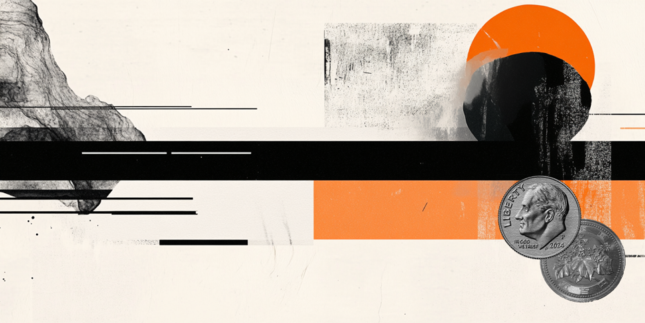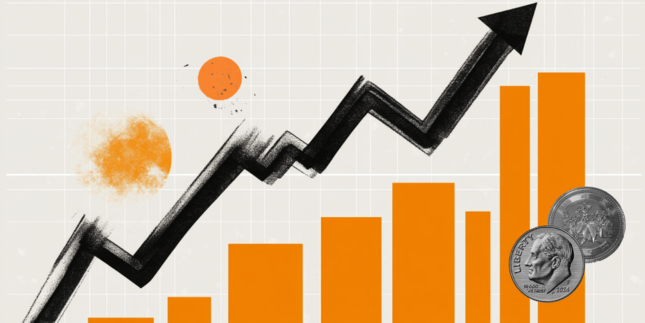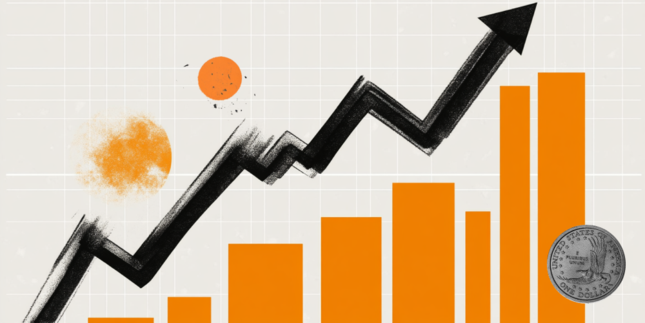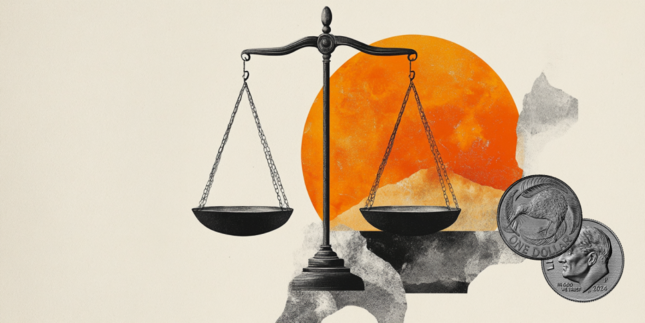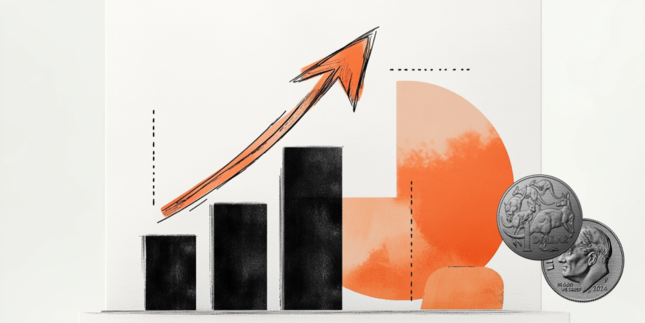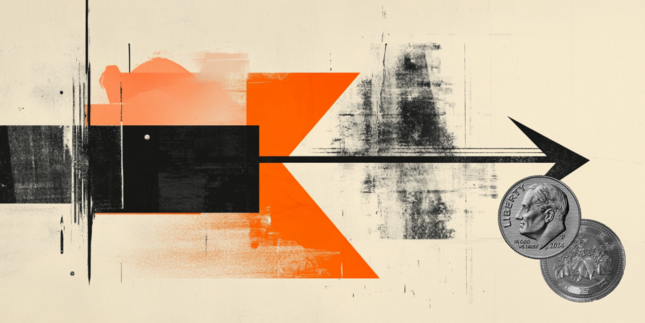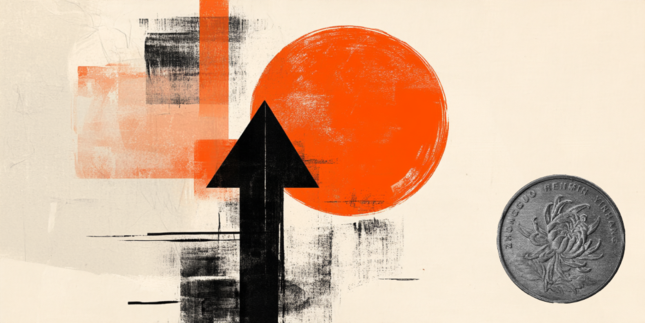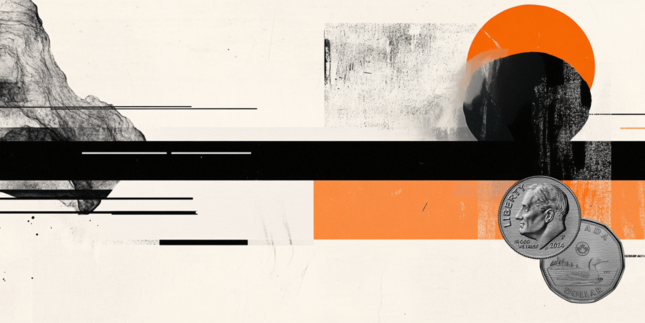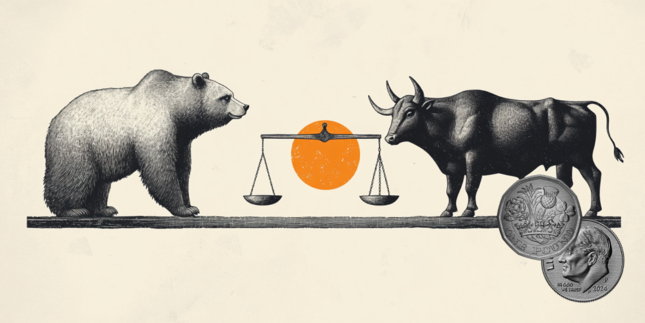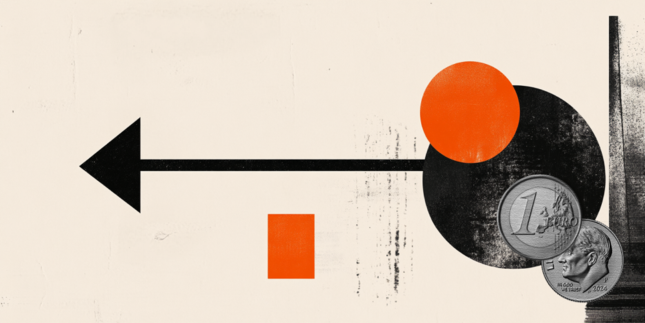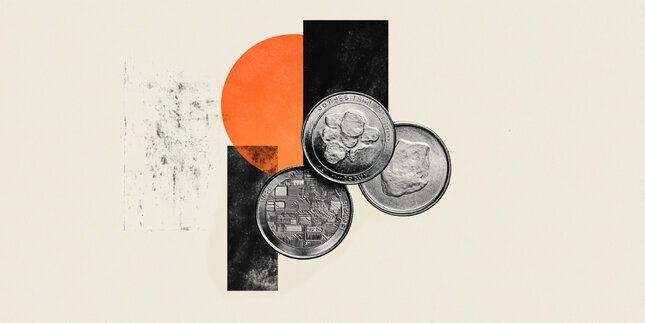EUR/JPY bounces off one-month low, struggles to capitalize on move beyond 160.00
- EUR/JPY attracts some buyers on Friday, though the upside potential seems limited.
- Bets that the BoJ will hike rates next week should underpin the JPY and cap the cross.
- The ECB’s dovish bias continues to weigh on the Euro and warrants caution for bulls.
The EUR/JPY cross recovers a few pips from a nearly one-month low touched during the Asian session on Friday and currently trades around the 160.00 psychological mark. The uptick, however, lacks bullish conviction amid the divergent Bank of Japan (BoJ)-European Central Bank (ECB) policy outlook, suggesting that any further move up might be seen as a selling opportunity.
The recent remarks from BoJ Governor Kazuo Ueda and Deputy Governor Ryozo Himino lifted market bets that the central bank will hike interest rates at its upcoming policy meeting next week. Furthermore, the broadening inflationary pressure in Japan supports prospects for further policy tightening by the BoJ, which might continue to underpin the JPY and keep a lid on the EUR/JPY cross.
The shared currency, on the other hand, continues with its struggle to attract any meaningful buyers growing acceptance that the ECB will lower borrowing costs further amid concerns about the faltering Eurozone economy. Adding to this, a rise in German core annual inflation raises stagflation worries for the Eurozone's largest economy, which might further contribute to capping the EUR/JPY cross.
Traders now look forward to the release of the final Eurozone CPI print for short-term opportunities. Nevertheless, spot prices remain on track to register losses for the third consecutive week. Moreover, the aforementioned fundamental backdrop seems tilted firmly in favor of bearish traders and supports prospects for an extension of a multi-week-old downtrend.
Bank of Japan FAQs
The Bank of Japan (BoJ) is the Japanese central bank, which sets monetary policy in the country. Its mandate is to issue banknotes and carry out currency and monetary control to ensure price stability, which means an inflation target of around 2%.
The Bank of Japan embarked in an ultra-loose monetary policy in 2013 in order to stimulate the economy and fuel inflation amid a low-inflationary environment. The bank’s policy is based on Quantitative and Qualitative Easing (QQE), or printing notes to buy assets such as government or corporate bonds to provide liquidity. In 2016, the bank doubled down on its strategy and further loosened policy by first introducing negative interest rates and then directly controlling the yield of its 10-year government bonds. In March 2024, the BoJ lifted interest rates, effectively retreating from the ultra-loose monetary policy stance.
The Bank’s massive stimulus caused the Yen to depreciate against its main currency peers. This process exacerbated in 2022 and 2023 due to an increasing policy divergence between the Bank of Japan and other main central banks, which opted to increase interest rates sharply to fight decades-high levels of inflation. The BoJ’s policy led to a widening differential with other currencies, dragging down the value of the Yen. This trend partly reversed in 2024, when the BoJ decided to abandon its ultra-loose policy stance.
A weaker Yen and the spike in global energy prices led to an increase in Japanese inflation, which exceeded the BoJ’s 2% target. The prospect of rising salaries in the country – a key element fuelling inflation – also contributed to the move.
Forex News
Keep up with the financial markets, know what's happening and what is affecting the markets with our latest market updates. Analyze market movers, trends and build your trading strategies accordingly.





